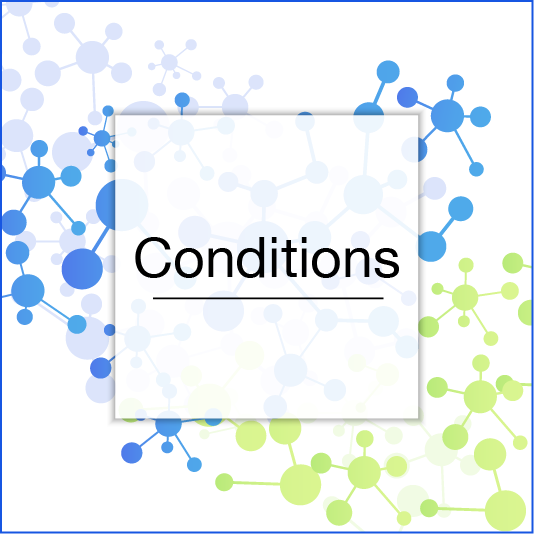
Sarcoidosis is a systemic idiopathic disease that may influence any tissue and organ, most commonly lungs and thoracic lymph glands. More than one organ may be impacted simultaneously.
Characterized with pathological changes called granulomas, which are clusters of afflicted tissues and organs, this condition is classified as a granulomatous disease. Substances like beryllium and zirconium and infectious agents like some pollens, bacteria, viruses and parasites are known to be capable of starting the process and rendering formation of granulomas possible. While the actual underlying reason is not known, the disease may manifest itself with varying symptoms, yet it is thought that low level of exposure or stimulation influences the immune system and possibly triggers onset. Recent reports on familial sarcoidosis have also aroused suspicion that some genetic factors may be influencing emergence of this disease.
What are the symptoms of sarcoidosis?
As a disease affecting mainly young and middle-aged individuals, sarcoidosis presents no symptoms at all in most cases; it is usually incidentally diagnosed based on chest x-rays obtained for other reasons. Of all patients, 25-30% present with quite common symptoms such as fever, malaise, lack of appetite, perspiration and quick exhaustion. Joint pain is also among the most common signs. Organ-specific symptoms vary in accordance with the afflicted organ or tissue, yet none of them are of diagnostic significance. A lymph gland afflicted with sarcoidosis, for instance, is going to cause swollen spots on the neck, in the armpit or around the groins, or if it is a lymph node inside the chest, it might cause symptoms like coughing and chest pain. Swollen lymph nodes are often detected by patients themselves or a physician conducting physical examination. Pulmonary tissues afflicted by sarcoidosis cause complaints such as coughing, dyspnea, wheezing, premature exhaustion and hemoptysis in rare cases. Other patients may present with sudden onset of disease characterized with fever, joint pain, exhaustion, malaise and rough painful red/purple lesions on frontal aspect of legs. Like lungs and lymph nodes, eyes are also susceptible to sarcoidosis. Symptoms are seen in the form of redness in the eyes, blurry vision and light hypersensitivity. Swollen dermal lesions of varying characteristics might be associated sarcoidosis as well. In rare cases where sarcoidosis emerges in the brain, symptoms like headache, dizziness and visual disorders may be observed.
How to diagnose sarcoidosis?
Sudden-onset sarcoidosis is suspected when the patient presents with fever, joint pain and malaise in addition to red/purple nodules on the legs. Commonly known as erythema nodosum, these nodules mostly appear on frontal aspect of the legs and usually below the knees. Dermal sarcoidosis manifests itself with lesions observed during examination. Lymphatic sarcoidosis may trigger swollen lymph nodes. Usually a chest x-ray -and tomography, if necessary- is obtained to find out underlying reasons in case general symptoms like fever, malaise and premature exhaustion or symptoms of the respiratory system like coughing, dyspnea and chest pain are observed. Enlarged lymph nodes or symptoms related to afflicted pulmonary tissue might be seen in these cases. If sarcoidosis is suspected, diagnosis should be confirmed with blood/urine tests, respiratory function tests, ophthalmologic examination and other advanced investigations.
A biopsy is required for final diagnosis. For this purpose, a specimen is harvested from the organ or tissues exhibiting symptoms. A lymph gland specimen is required in case of enlarged lymph nodes or organ specimens are to be collected in case of an afflicted organ like lung or liver, for instance. As lymph nodes in lungs or thorax are frequently impacted, diagnosis is reached by physicians of pulmonary medicine. Bronchoscopic methods are essential for diagnosis in most cases. Video-bronchoscopy and endobronchial ultrasonography (EBUS) are particularly useful to diagnose almost all cases. Bronchoscopic examinations are brief painless procedures that are performed under general or local anesthesia and do not require hospitalization. Introduced as one of the most up-to-date methods, endobronchial ultrasonography (EBUS) has promoted bronchoscopy in diagnosis of sarcoidosis, as it is a useful and practical means of visualizing enlarged lymph nodes found in airways. Endobronchial ultrasonography enables a physician to collect biopsy samples with a needle under visual guidance. Few patients that cannot otherwise be diagnosed using this method can undergo mediastinoscopy, which is carried out under general anesthesia in the operating theater, for a final diagnosis.
Follow-up and treatment of sarcoidosis
Merely the lymph nodes are affected in the big majority of patients who have this disease. With no affected organs, they do not require treatment. There is a 70-80% percent chance that the disease will regress on its own within one year or simply stay stable. However, symptoms like persistent coughing and dyspnea, adverse respiratory function test findings and impacted organs such as brain, liver, heart etc. may require medical therapy. The decision on therapy or follow-up without treatment should be made by a physician specialized in this area.
It should be noted that sarcoidosis may last a lifetime and recur after successful treatment.